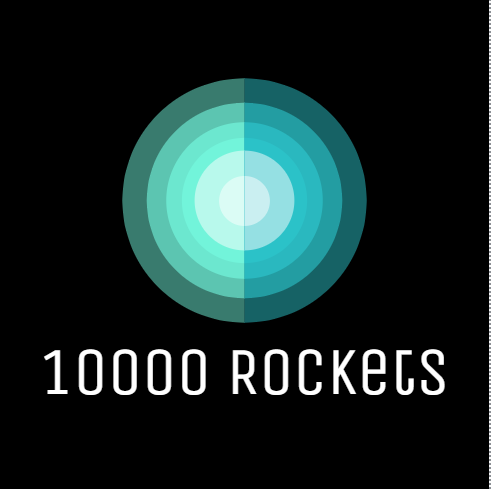Take a second to think of a sugary breakfast cereal that you loved as a kid. Chances are, you also remember the animated character that appeared in the commercials and on the box, right? It’s no accident that so many cereals and snacks have signature animated characters as their “spokesperson” – animation’s great storytelling capabilities have long made the medium a key component in marketing and advertising. Here’s a brief history of animation, starting from its inception and moving through to its use in marketing today.
Animation has been around for thousands of years, telling stories through motion. In Paleolithic cave drawings, animals’ legs were drawn in superimposed positions, clearly depicting the idea of motion.
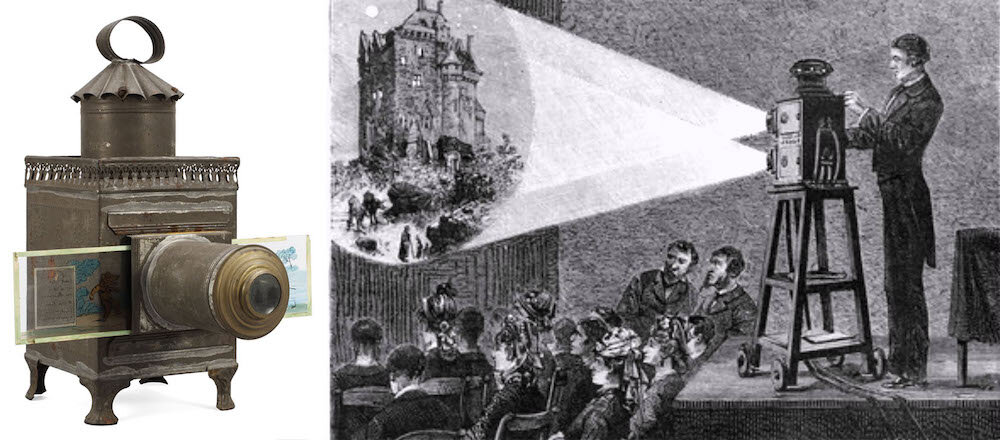
Technology first began to play its vital role in animation in 1603 with the magic lantern, a device that projected images from glass sheets. While this is technically considered the first projected animation, the discovery of the persistence of vision theory in the Victorian era is truly where moving pictures got their start. Think about a flip book: viewing stills in rapid succession makes your eyes see the pictures as a moving, fluid image – that’s the persistence of vision theory in action, and it allowed artists to truly begin creating animated motion.
Flash forward to the United States in the 20th Century – this was known as the Golden Age of American Animation. The period dates from the beginning of sound cartoons in the late 1920s, and was kicked off by a very special rodent! In 1928, Mickey Mouse made history in Steamboat Willie, one of the first animations to have sound printed on the film – an innovation that helped catapult Walt Disney to success. This era also saw the creation of many other globally popular cartoons, such as Bugs Bunny and Popeye.
Not all of the resulting characters stuck around, of course. For instance, who’s heard of Willie the Worm? Though he’s viewed as the first cartoon created specifically for television, he didn’t have the staying power of some of his contemporaries. Consider Snow White, which was released one year before Willie the Worm in 1937. It was also a first of its kind: the popular movie was the first full-length feature film to be created entirely with hand-drawn animation. And while we don’t remember the history-making worm, surely you can name at least a few of the 7 dwarves!
Animation in Marketing
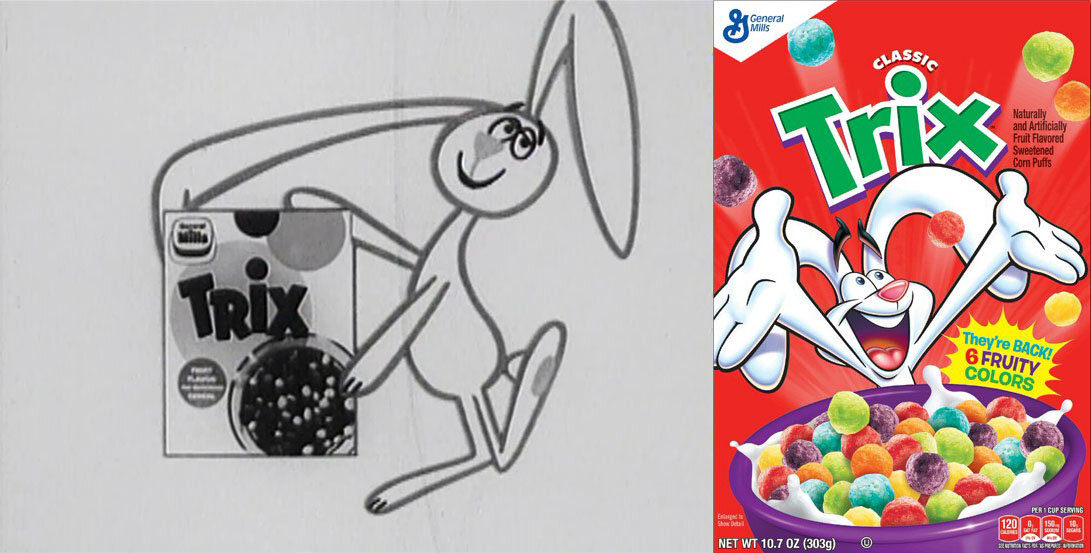
American animation’s golden age lasted through the 1960s, and was arguably capped off by the 1960 debut of The Flintstones, the first animated cartoon to regularly air on primetime television. Animation in advertising had become common a few decades prior, when commercial television increased in popularity in the 1940s. More and more Americans were putting TVs in their homes, and the networks, still in their infancy, started using commercials to fund their stations. Now-familiar faces were introduced in the late 1950s, including the Trix Rabbit and Tony the Tiger.
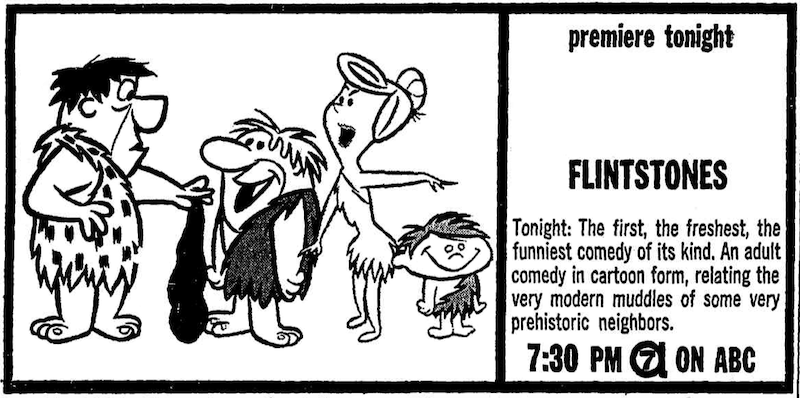
Cartoon animation turned out to be effective advertising, and increasingly assumed an important role in the industry – one that overlapped with its function of pure entertainment. Take Rocky and Bullwinkle, for instance: they were sponsored by General Mills in the 1960s, and appeared in numerous breakfast cereal ads. To this day, the cartoon duo still stars in marketing videos like this 2014 ad for car insurance.
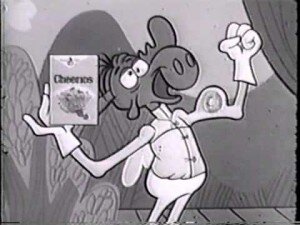
Here is another great example of a really memorable (almost aggressively so!) animation ad from the mid-1900s, this time for a popular type of candy. CAUTION: We promise you, what you hear will be lodged in your brain throughout the remainder of your day. You can thank us later.
Animation in advertising is so powerful because of its ability to excite and entertain in the short amount of time available. It also offers a creative freedom that other mediums can’t match. Having a memorable animated character introduce a product can make for a more fun and relatable viewing experience – and ultimately, a more recognizable brand. In short, it gets results.
As animation has become more advanced over the years, its accessibility has increased as well. These days, it isn’t just large corporations that can afford to use animation in their marketing endeavors. Animators are more widely available and the process, though still time-consuming, has a shorter turnaround time.
